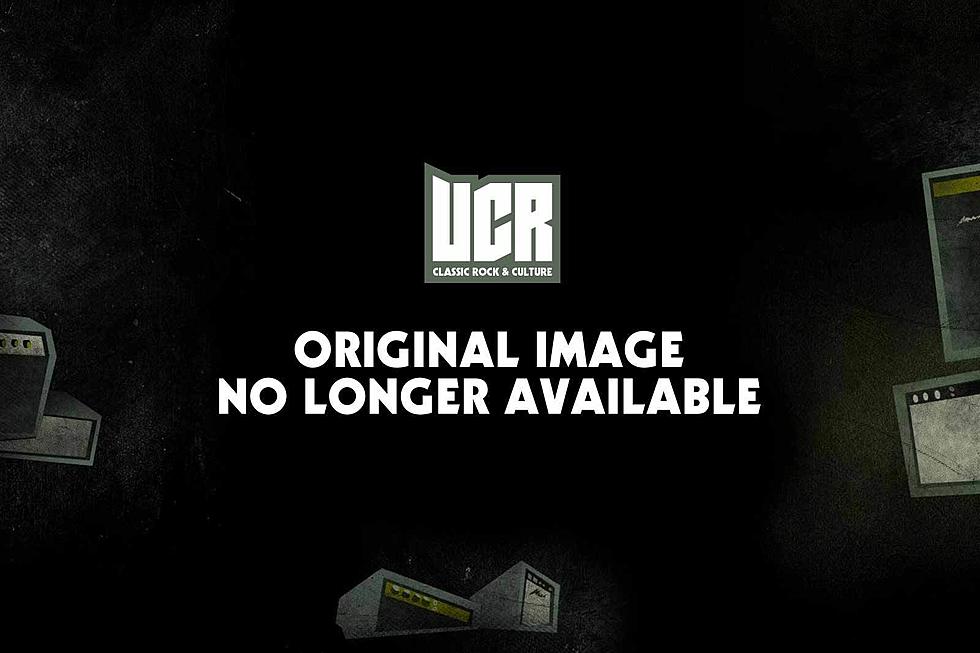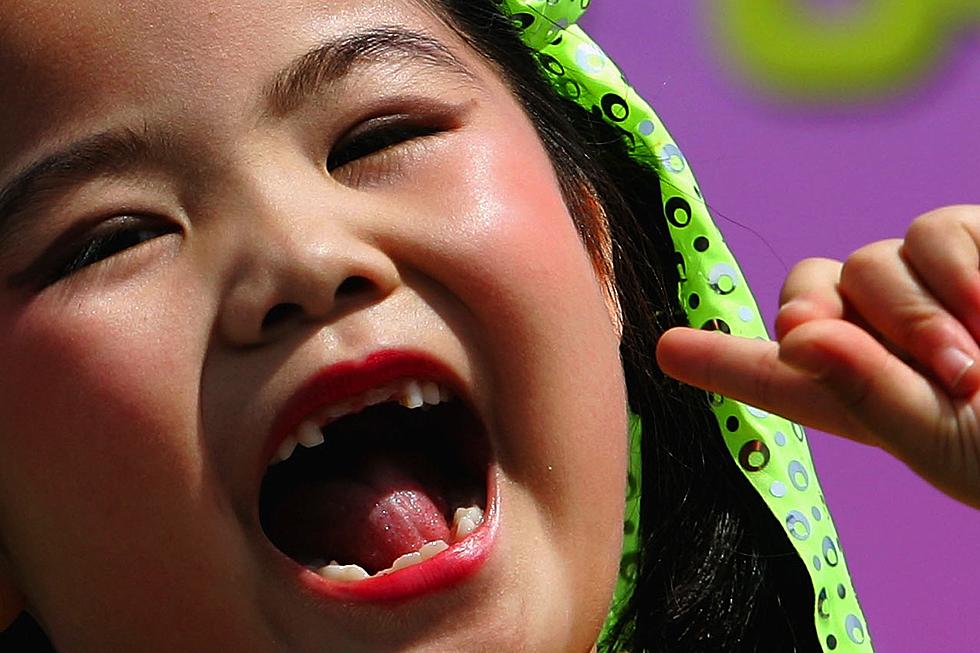
The US Festival’s 30th Anniversary: Remembering the Ten Million Dollar Backstage Pass
The US Festival was an event that had a staggering impact on the world of rock and roll. Despite only existing for two short years, it would help to lay the groundwork for the modern festivals (Lollapalooza, Outside Lands, Coachella, etc.) which we enjoy now.
The US Festival began with an idea from Apple co-founder Steve Wozniak, who wanted to put on an event that would spotlight both music and technology. He mounted his first US Festival in 1982 with performances from classic rockers such as the Police, the Ramones, Talking Heads, and Tom Petty & The Heartbreakers, as well as artists from many other genres. An estimated 425,000 took in the sights and sounds that year.
The 1983 edition of the US Festival would take things to a bigger and better level. In the minds of many, the centerpiece of the event was ‘Heavy Metal Day,’ which featured performances from Quiet Riot, Motley Crue, Ozzy Osbourne, Judas Priest, Triumph, Scorpions and a memorable set from Van Halen, who were paid $1.5 million.
“Expensive” was the key word for the ‘83 fest. Promoter Barry Fey recalls in a new conversation with the Orange County Register that a requested last minute addition to the bill caused some headaches.
The festival was completely booked,” Fey relates, “and Van Halen had a favored-nation clause in their contract that said no one could get more than them – and they were getting $1 million. Then Steve came to me and said, ‘God, Barry, I really love David Bowie.’ I say, ‘Steve, there’s no room. Let’s put this to bed.’ And he says, ‘Well, I really do love David … could you try? It is my money and my festival.’”
Fey placed a call to Bowie, who was on a European tour promoting his massive ‘Let’s Dance’ album. “David tells me: ‘We’ll have to interrupt our tour and charter a 747 to bring our equipment and get it right back again.’ So I went to Steve: ‘David’s gonna cost you a million and a half, but it’s gonna cost you an extra half a million for Van Halen.’ He just shrugged his shoulders: ‘So?’ The addition of Bowie ultimately cost $2 million.”
This series of events left the Clash, who were picking up a measly $500,000 in non-punk rock dollars in an extremely ticked off state. They held press conferences and spewed venom [with Van Halen being a particular target] to express their displeasure, threatening that they would not perform.
They did perform, but as Fey remembers, festival organizers got their own revenge, “we put a copy of the check up on the video screen – during their set – showing that they got half a million dollars.”
Wozniak lost a lot of money on both festivals — reportedly $10 million alone on the ‘83 edition, which Fey quips was “the most expensive backstage pass in history.”
Although the US Festival may be long gone, it lives on in memory and also, in a tangible form thanks to some recent and upcoming archival releases, including Judas Priest’s 1983 performance, which is in stores now as part of an anniversary package for the ‘Screaming For Vengeance’ album. Additional releases and a documentary about the festival are planned for future release.
More From KLUB Tejano 106.9










